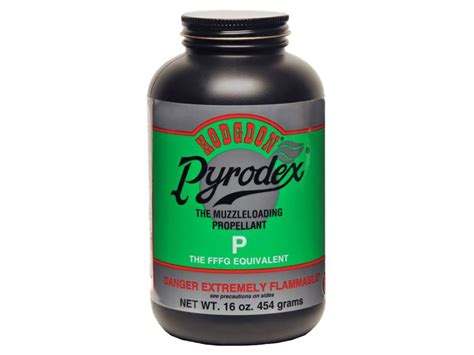Pyrodex P Measurement: Troubleshooting Common Problems
Pyrodex P, a black powder substitute, is a popular choice for muzzleloading enthusiasts. However, achieving consistent and accurate results requires careful measurement and attention to detail. Incorrect measurement can lead to inconsistent performance, misfires, or even dangerous situations. This article will delve into common problems encountered when measuring Pyrodex P and offer solutions to ensure accurate and safe shooting.
What is Pyrodex P and Why is Accurate Measurement Crucial?
Pyrodex P is a black powder substitute designed for use in muzzleloading firearms. Unlike real black powder, it's less sensitive to moisture and produces less fouling. However, its performance is heavily reliant on accurate measurement. Too little powder results in weak charges and potentially misfires; too much powder can lead to dangerous over-pressure conditions, damaging your firearm or causing injury. Consistent measurement is key to ensuring safe and reliable shooting.
Why Am I Getting Inconsistent Results with My Pyrodex P Loads?
Inconsistent results are a common complaint among muzzleloading shooters using Pyrodex P. Several factors can contribute to this:
1. Improper Measuring Techniques:
- Using the wrong measuring tool: Pyrodex P should be measured using a specifically designed powder measure for black powder substitutes. Improvised methods, like using spoons or scoops, lead to significant variations in powder charge weight. A volumetric powder measure calibrated for Pyrodex P is essential for consistency.
- Packing the powder too tightly or loosely: Consistent packing is crucial. Too tightly packed powder can compress, reducing the available volume, while loosely packed powder can result in inconsistent charges. Use a consistent, gentle tamping technique to achieve uniformity.
- Static electricity: Static electricity can affect the flow of Pyrodex P, leading to inconsistent measurements. Grounding yourself before handling the powder can mitigate this problem. A slightly damp cloth nearby can also help.
2. Variations in Pyrodex P Density:
Pyrodex P, like any granular powder, can have slight variations in density from batch to batch or even within a single container. This can affect the weight of powder measured using a volumetric measure. A precise scale is the most reliable method to ensure accurate charge weights, especially when switching batches or types of Pyrodex P.
3. Moisture Affecting Pyrodex P:
While Pyrodex P is less moisture-sensitive than black powder, exposure to high humidity can still affect its performance and potentially lead to inconsistent results. Store Pyrodex P in a cool, dry place in its original airtight container.
How Can I Improve the Accuracy of My Pyrodex P Measurements?
The key to consistent Pyrodex P measurement lies in using the right tools and techniques:
1. Invest in a Quality Volumetric Powder Measure:
A good quality volumetric powder measure specifically designed for black powder substitutes is crucial. Choose a reputable brand and ensure it's calibrated for Pyrodex P.
2. Use a Precise Scale:
While a volumetric measure is convenient, a scale offers the most accurate measurement. Weigh each charge to ensure consistency, especially if you are sensitive to variations in performance. This is highly recommended, especially when using multiple batches of Pyrodex P or when dealing with smaller charges.
3. Develop a Consistent Tamping Technique:
Use gentle but consistent tamping to ensure uniform powder density in your measure. Practice this technique until you achieve a repeatable process.
4. Store Pyrodex P Properly:
Keep your Pyrodex P in its original container in a cool, dry place to minimize the impact of moisture.
What Should I Do If I Experience a Misfire?
A misfire can be caused by several factors, including insufficient powder, a faulty percussion cap, or a problem with the firearm itself. Never attempt to immediately re-load or re-ignite the firearm after a misfire. Wait at least 30 minutes, unload the firearm carefully, and inspect it thoroughly before attempting to fire again. If misfires are a recurring problem, consult a qualified gunsmith.
Are there any specific recommendations for measuring Pyrodex P in different muzzleloading firearms?
Different muzzleloading firearms may have varying requirements in terms of powder charge. Always consult the manufacturer's instructions for your specific firearm to determine the recommended powder charge and to avoid over-pressure. Never exceed the maximum recommended powder charge.
By following these guidelines and addressing potential issues proactively, you can greatly improve the accuracy and safety of your Pyrodex P measurements and enjoy consistent, reliable performance from your muzzleloading firearms. Remember, safety should always be your top priority.

